BAJAJ BROKING
Laxmi Dental IPO is Open!
Open a Free Demat Account
Trade Now, Pay Later with up to 4x
Track Market Movers Instantly
VPF vs. EPF vs. FD: Which Investment is Suitable for You ?
When it comes to planning for a secure financial future, especially for retirement, selecting the right investment options is crucial. For salaried individuals in India, two popular choices are the Employees’ Provident Fund (EPF) and the Voluntary Provident Fund (VPF). On the other hand, Fixed Deposits (FDs) have long been a go-to investment for their safety and guaranteed returns. However, many people are unsure about the differences between VPF and EPF and whether VPF is a better investment compared to FDs. This article will help clear up those questions and guide you in making an informed decision.
Additional Read: EPF or PF Withdrawal Rules
The Basics
To figure out which one of the three VPF, EPF or FD is the best option for your financial goals, it is important to get to know their basics.
EPF or Employee Provident Fund:
The EPF is a mandatory savings scheme for salaried employees, managed by the Employees’ Provident Fund Organisation (EPFO). Each month, a fixed percentage (currently 12%) of an employee's salary is contributed to the EPF account by both the employee and the employer. This fund earns interest, compounded annually, and can be withdrawn at retirement or under specific circumstances.
VPF or Voluntary Provident Fund:
The VPF is an extension of the EPF, allowing employees to voluntarily contribute more than the mandatory 12% of their salary to their EPF account. The additional contributions also earn the same interest rate as the EPF and benefit from tax exemptions under Section 80C of the Income Tax Act. However, VPF contributions are entirely made by the employee, without any additional contribution from the employer.
Additional Read: How to Track PF Claim Status
FDs or Fixed Deposits:
Fixed Deposits or FDs are accounts offered by banks in which people can deposit money for a particular period. Only when the term gets completed do these deposits become payable. All residents, including minors, can open FDs if they meet the eligibility criteria of the bank they wish to apply to.
The Differences:
Now that you know the basics about what these three investment savings plans are about, here’s a look at how they are different from one another.
Criteria | FD | VPF | EPF |
Eligibility | Anyone can invest | Only salaried employees can invest | Only salaried individuals can invest |
Duration | 7 days to 10 years | Till retirement or resignation | Till retirement or resignation |
Interest Rates PA | 8.5% - 9% bank FDs 12%-13% company FDs | 8.75% | 8.75% |
Tax Benefits | Available under Section 80C | Available under Section 80C | Available under Section 80C |
Investment amount | Flexible | 12% Basic + DA by both employee & employers | Voluntary |
Premature Withdrawals | Available | Available | Available |
Loans | Available | Available for certain needs | Available for certain needs |
Also Read : EPF Form 10C
Which is a Better Investment?
So now that we have gone through the basics and the differences between VPF, EPF and FD, trying to figure out which one to invest in might just get easier. However, just in case you are still confused, we got you covered.
Here are a couple of things you need to keep in mind before you invest:
- Always invest keeping in mind your future goals and your current income
- In this regard, both FDs as well as PFs help an investor save up better for the future.
- For salaried individuals, apart from investing in EPFs or VPFs, FDs can also be an option
- For non-salaried individuals, however, FD is the best option available since they cannot invest in PFs.
- FDs are more convenient and flexible when it comes to the customizable investment amount and they also offer higher rates of interest.
- Keeping both short-term and long-term needs in mind, FDs make for an attractive option to invest in.
Also Read : Form 19 in EPFO
Conclusion
While FDs provide guaranteed returns and higher liquidity, the tax efficiency and potential growth of VPF make it an attractive choice for long-term savings, particularly for retirement planning.
It is crucial to know how and with which plan to grow your savings as only then can one have a stress-free retirement. So choose wisely the next time you decide to invest your hard-earned money in a scheme.
Disclaimer: Investments in the securities market are subject to market risk, read all related documents carefully before investing.
This content is for educational purposes only. Securities quoted are exemplary and not recommendatory.
For All Disclaimers Click Here https//bit.ly/3Tcsfuc
Share this article:
- Related Articles
- Top Articles

Gold Rate Today | 15 January 2025 | Gold Price in India
15 Jan, 2025 | 40 Min. read
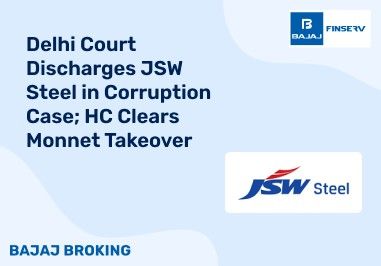
Delhi Court Discharges JSW Steel in Corruption Case; HC Clears Monnet Takeover
15 Jan, 2025 | 2 Min. read
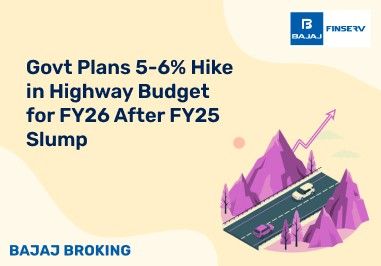
Govt Plans 5-6% Hike in Highway Budget for FY26 After FY25 Slump
15 Jan, 2025 | 2 Min. read
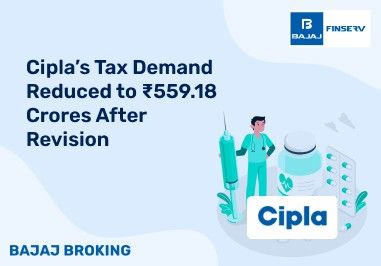
Delhi Court Discharges JSW Steel in Corruption Case; HC Clears Monnet Takeover
15 Jan, 2025 | 2 Min. read
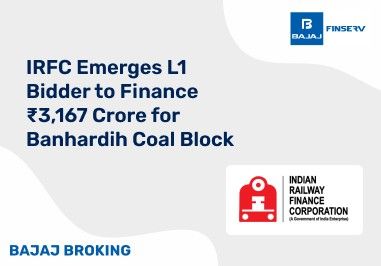
Delhi Court Discharges JSW Steel in Corruption Case; HC Clears Monnet Takeover
15 Jan, 2025 | 2 Min. read

HCL Tech expands partnership with Microsoft to transform contact centres
14 Jan, 2025 | 2 Min. read
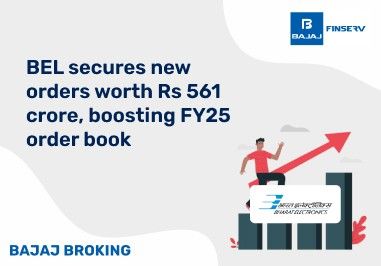
BEL secures new orders worth Rs 561 crore, boosting FY25 order book
14 Jan, 2025 | 2 Min. read

ITI Ltd secures Rs 64 crore contracts for Wi-Fi and CCTV systems
14 Jan, 2025 | 2 Min. read
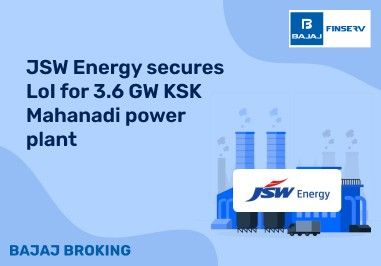
JSW Energy secures LoI for 3.6 GW KSK Mahanadi power plant
14 Jan, 2025 | 2 Min. read

Biocon Biologics’ Johor Bahru Facility Receives FDA VAI Classification
13 Jan, 2025 | 2 Min. read

Interarch Secures ₹221 Crore Projects in Semiconductors & Energy Storage
13 Jan, 2025 | 2 Min. read

DMart Appoints Anshul Asawa as CEO Designate, Succeeding Ignatius Noronha
13 Jan, 2025 | 2 Min. read
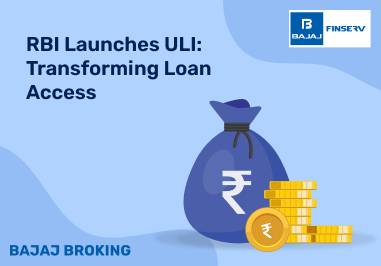
RBI Launches ULI: Transforming Loan Access
August 27, 2024 | 4 Min. read

Textile Sector in India
September 20, 2024 | 5 Min. read
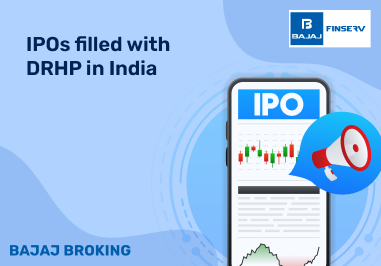
List of IPOs with DRHPs Filed
November 30, 2023 | 3 Min. read

Aditya Birla Group
September 28, 2023 | 10 Min. read

Bajaj Housing Finance Ltd IPO: Things Smart Investors Need to Know
September 05, 2024 | 4 Min. read
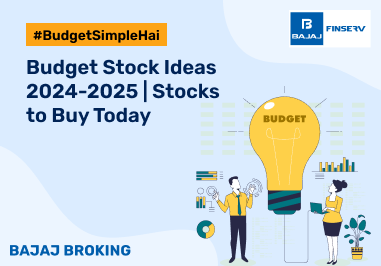
Budget Stock Ideas 2024-2025 | Stocks to Buy Today
July 24, 2024 | 4 Min. read

IPO Eligibility Criteria : Full Details
March 15, 2024 | 6 Min. read
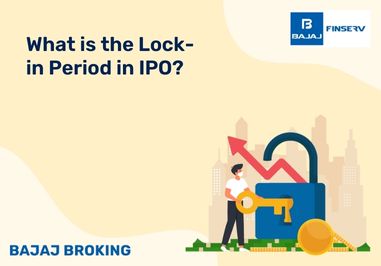
What Is the Lock-In Period in IPOs?
October 18, 2023 | 6 Min. read

Godfrey Phillips Announces 2:1 Bonus Shares
September 16, 2024 | 7 Min. read

Jindal Group- A Comprehensive Analysis
September 27, 2024 | 7 Min. read
Read More Blogs
Our Secure Trading Platforms
Level up your stock market experience: Download the Bajaj Broking App for effortless investing and trading



